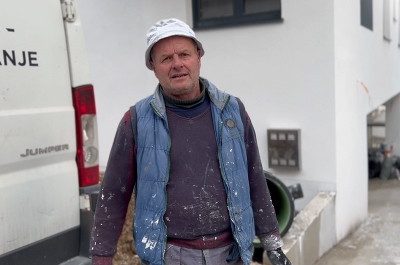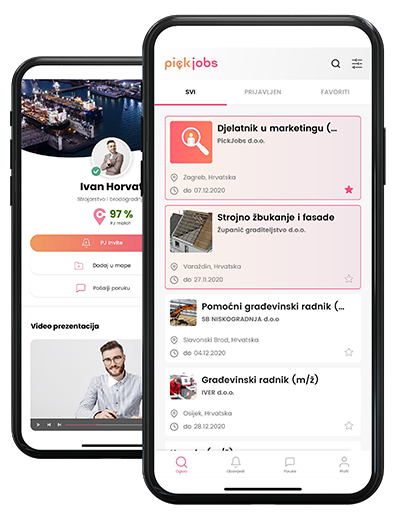At the beginning of 2025, Croatia faced a wave of public discontent directed at rising prices in stores, retail chains, and gas stations. This dissatisfaction culminated in the organization of several boycotts, the first of which took place on January 24, 2025. The initiative originated from the Facebook page "Halo, inspektore" and was supported by consumer associations, trade unions, political parties, and even the Ministry of Economy.
Reasons for initiating the boycott
The main reason for organizing the boycott was the continuous rise in prices of essential goods and services, which significantly burdened household budgets. According to data, Croatia recorded one of the highest increases in consumer prices in Europe, leading to widespread dissatisfaction and frustration among consumers.
Citizens believed that retailers were unjustifiably raising prices to increase their profits, regardless of the population's purchasing power. This perception was further reinforced by media reports on record earnings of certain retail chains, which fueled a sense of injustice and the need for action.
Public support and reactions
The boycott received widespread support from various social groups. Trade unions emphasized that this was a clear message from citizens to retailers with excessively high prices, stating they would not shop at their stores. Krešimir Sever from the Independent Croatian Trade Unions (NHS) stated that citizens were highlighting their dissatisfaction with high prices and their impact on the quality of life.
The "Halo, inspektore" page called on citizens to participate in a full-day boycott of stores, retail chains, and gas stations, encouraging them to stock up in advance as if it were a Sunday. This initiative quickly went viral, and many citizens expressed their willingness to participate in the boycott to send a strong message to retailers.
Implementation and results of the boycott
The first boycott took place on January 24, 2025, and according to reports, many stores recorded a decrease in sales that day. Some retail chains attempted to counteract the boycott’s effect by offering special discounts on the same day, but many consumers remained committed and refrained from shopping.
Following the first boycott, several similar actions followed. One particularly interesting case was the fourth boycott, held on February 14, 2025, which was initiated by high school students and included a boycott of bakeries and bakery products at all sales points.
These boycotts also attracted attention beyond Croatia’s borders. German media reported on Croatian citizens’ dissatisfaction with high prices, emphasizing that while tourists had long been aware of the high costs, now the local population was also reaching a breaking point.
Declining interest and activity on social media
Despite the initial enthusiasm and widespread support, interest in boycotts on social media gradually declined. Calls for new actions became less frequent, and discussions about boycotts almost disappeared from public discourse.
There are several possible reasons for this decline in interest:
- Citizen fatigue and saturation: After several consecutive boycotts, some citizens may have felt fatigued or doubtful about the effectiveness of such actions, especially if they did not see tangible changes in prices or business policies of retailers.
- Lack of media support: While the media initially covered the boycotts extensively, their attention eventually waned, leading to less public awareness and decreased interest.
- Retail strategies: Some retail chains may have adapted their strategies by introducing temporary discounts or marketing campaigns to mitigate the impact of the boycotts and regain customers.
- Changes in social media algorithms: Social media algorithms often prioritize new and trending topics, meaning that boycott-related posts gradually lost visibility, and users shifted their focus to other subjects.

 Croatia
Croatia Bosnia and Herzegovina
Bosnia and Herzegovina Serbia
Serbia Crna Gora
Crna Gora North Macedonia
North Macedonia Ukraine
Ukraine Albania
Albania Kosovo
Kosovo Austria
Austria Deutschland
Deutschland Switzerland
Switzerland









